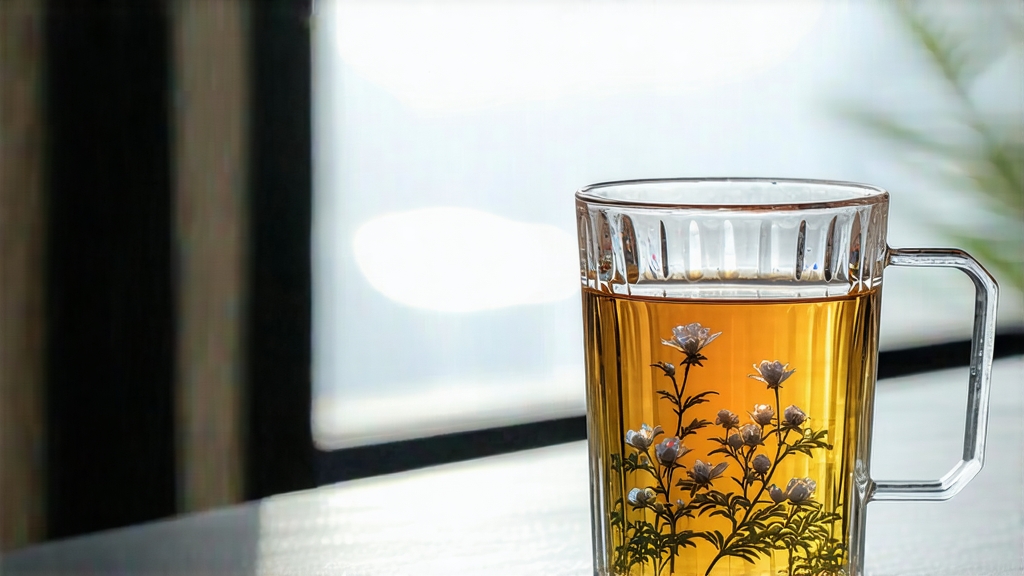
Imagine a tea so delicate that it is picked only during the first flush of early spring, before the village roosters have finished their third call, and processed so gently that it never touches a wok, a flame, or even a machine. That tea is Fuding Silver Needle—Bai Hao Yin Zhen in Chinese—crowned for centuries as the apex of China’s white-tea family. To the uninitiated it may look like a glass of warm water with a few pale twigs floating inside, yet one sip reveals why Song-dynasty poets compared it to “drinking moonlight filtered through jade.” This article invites international tea lovers to step beyond the label and meet the living culture inside the bud.
-
Historical whispers
White tea was first recorded in the Song dynasty (960-1279) when imperial tribute lists mentioned “white cakes” pressed from downy buds. The cakes vanished after Ming emperors outlawed compressed tea, but the buds remained, sun-dried and gifted to scholars who believed the pale liquor cooled the liver and cleared the mind. By the late Qing, Fuding county in Fujian had refined the technique into a commercial crop; European merchants at the Canton trade fairs nicknamed it “Silver Tip” and shipped chests to London apothecaries who sold it as “elixir for the nerves.” Today Fuding Silver Needle holds China’s Protected Geographical Indication status—like Champagne in France—guaranteeing that only buds plucked within the 24 villages surrounding Taimu Mountain may bear the name. -
Terroir and timing
Taimu’s granite spine traps maritime mist rising from East China Sea bays; nights stay cool, days mild, and the quartz-rich soil drains quickly, forcing tea bushes (the small-leaf Da Bai cultivar) to hoard amino acids. The picking window is brutal: only three to five days in late March when each bud reaches 2.5–3 cm but has not yet unfurled into a leaf. Experienced pickers use thumbnails, not fingers, to avoid bruising; they drop buds into bamboo baskets lined with mosquito netting so the sun can see every side. -
Craft without fire
Silver Needle is the least processed of all teas, yet its simplicity is the hardest to perfect. The fresh buds are first “with-withered” outdoors on bamboo racks for 30–40 minutes at dawn, when UV index is below 3; this drives off grassy aldehydes and begins enzymatic oxidation so subtle it never crosses the 5 % threshold that would nudge it toward green tea. Next comes indoor withering in ventilated lofts for 24–36 h; masters shuffle the buds every hour so moisture leaves evenly. A final 20-minute “sunbath” at 10 a.m. fixes the silvery down and locks in a faint melon note. No pan-firing, no rolling, no baking—just air, time, and the judgment of a human nose. The finished tea contains 1.5–2.2 % gallic acid, 3–4 % theanine, and a mere 1 % catechin bitterness, numbers that explain its honeyed serenity. -
Grades and micro-lots
Within the PGI boundary two grades exist:- “King’s Grade” (top 10 %): buds harvested before Qingming festival, down so dense it looks frosted; infusion smells of fresh lychee and wet pebble.
- “Village Grade”: slightly later pick, still one bud only, but down thinner and liquor more hay-like.
Beyond these, micro-lots appear yearly—cloud-veiled gardens at 700 m that yield buds with a pink petiole, or wild-growing trees whose gene pool predates grafting; such lots rarely exceed 30 kg and are snapped up by Tokyo or Zurich tea salons.
-
Brewing: less is more
Silver Needle punishes impatience. Use 3 g for 150 ml, 85 °C water, and a tall clear glass or thin porcelain gaiwan. First steep 45 s: watch the buds stand upright like miniature stalactites before slowly sinking. Second steep 60 s; third 90 s. After the fourth, leave the lid off so the residual heat does not “cook” the buds—they can still deliver two cold brews overnight in the fridge. The liquor should be the color of afternoon chardonnay,